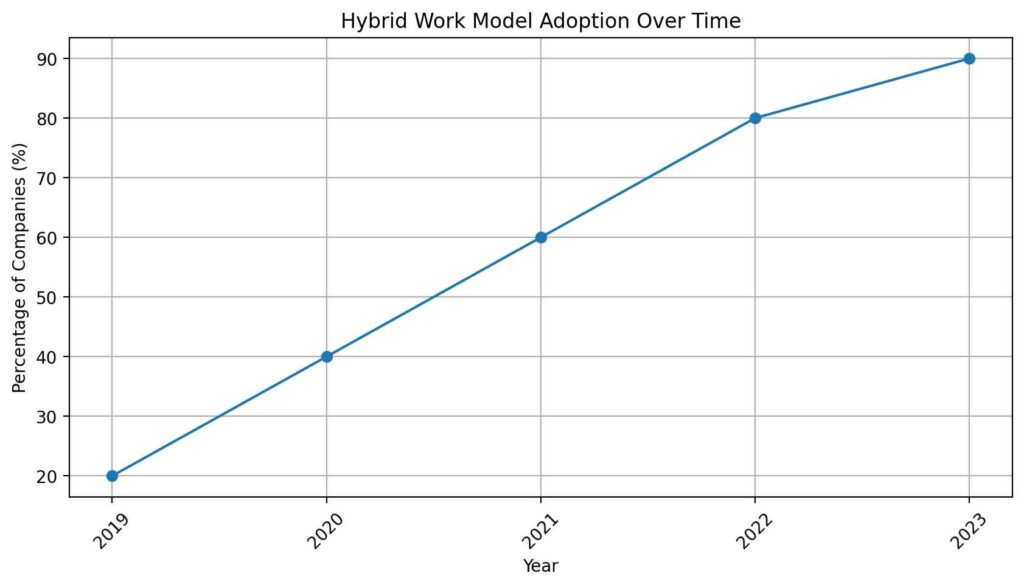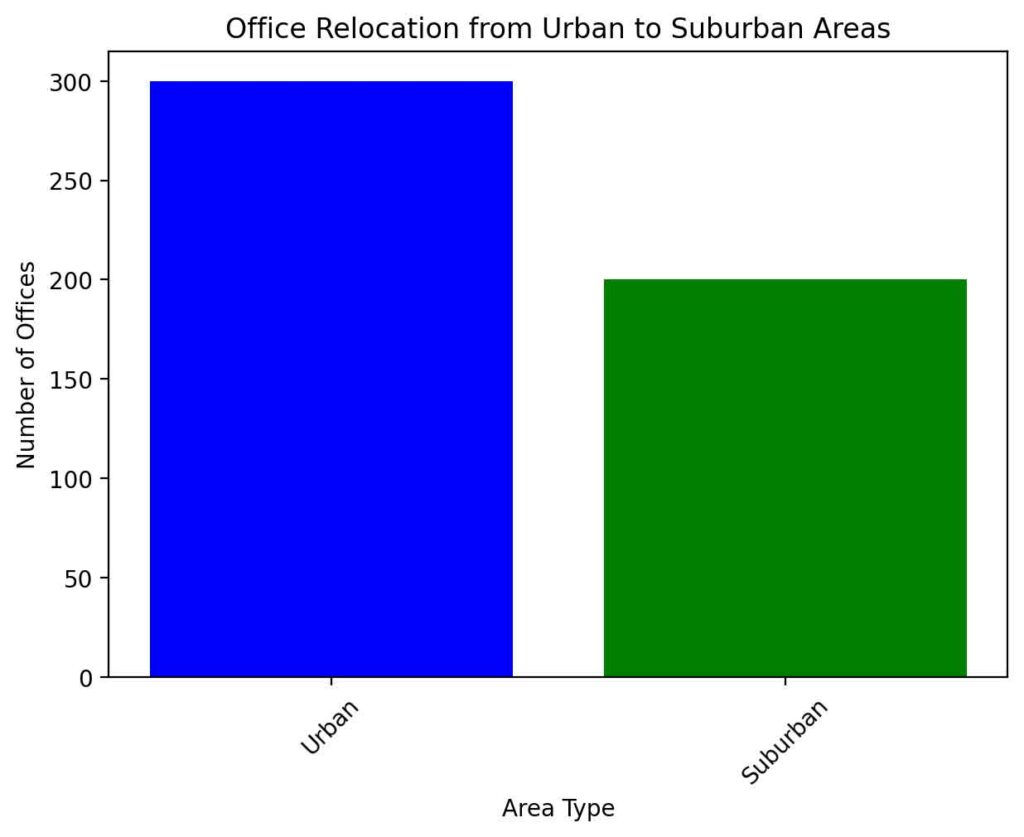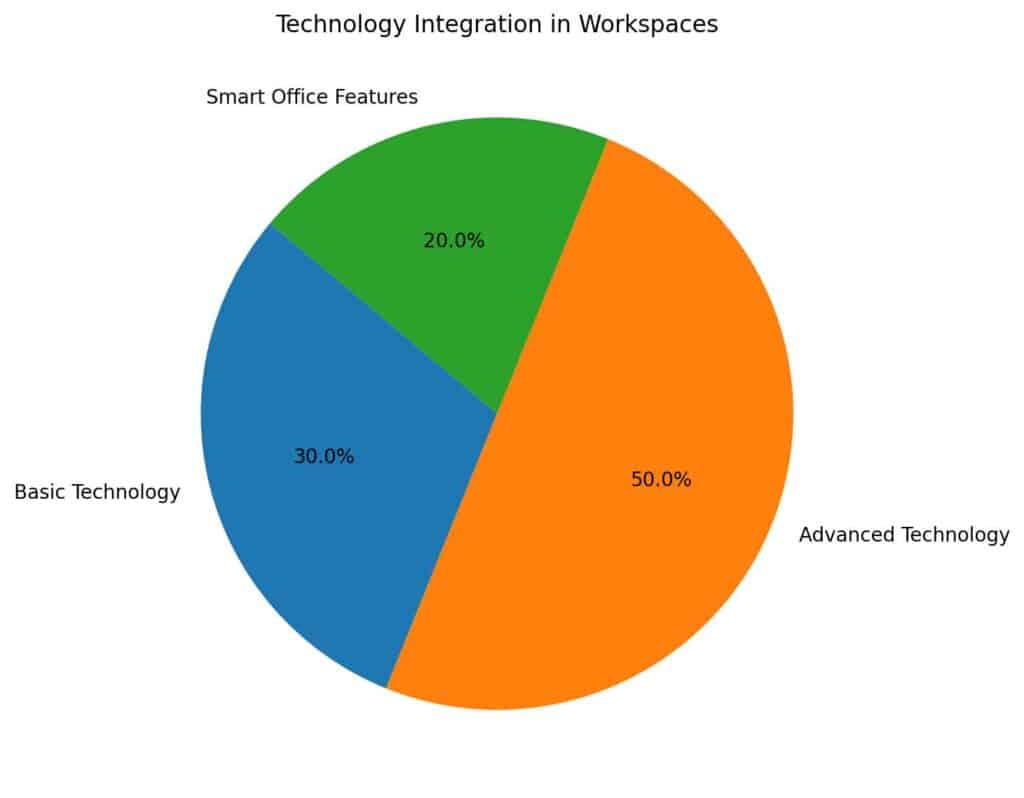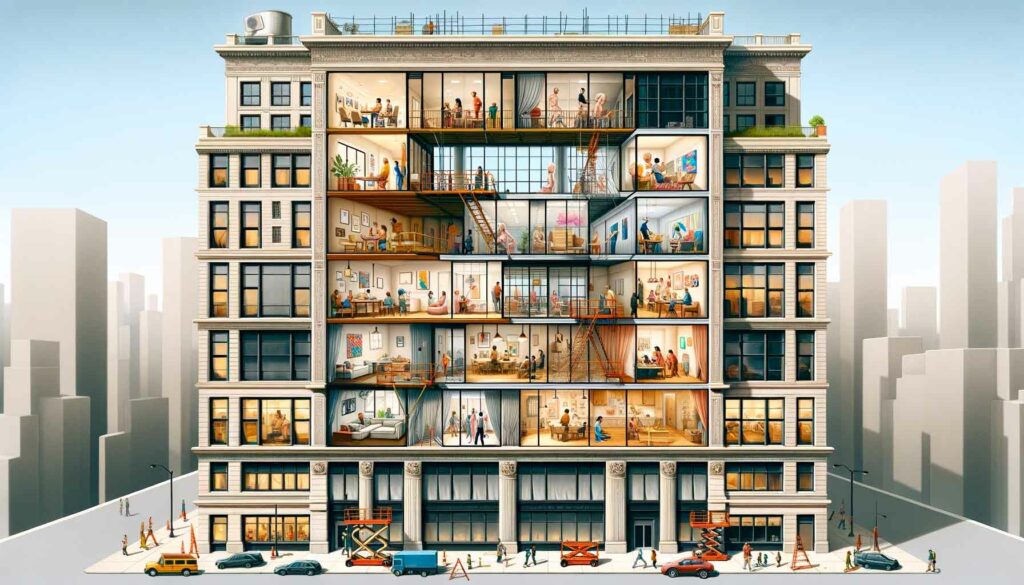The Modern Transformation
In the ever-evolving narrative of the modern workplace, 2023 has emerged as a year of pivotal transformation. Influences ranging from the echoes of remote work revolutions to the pressing imperatives of climate change are converging, crafting new chapters for office spaces worldwide.
5 Reasons for This Transformation
- The hybrid work model solidifies, prompting a surge in demand for versatile office arrangements.
- Office design now intertwines with sustainability and employee well-being as top priorities.
- A noticeable migration of office spaces is occurring from metropolitan hubs to smaller cities and suburbs.
- Office infrastructure is increasingly woven with technology, becoming indispensable for business operations.
- The office leasing landscape is being reshaped by economic volatility.

Hybrid Work Revolution
The concept of the hybrid workplace has transcended trend status, firmly establishing itself as the blueprint for the future of work. This balanced approach is recalibrating the demand for office space, as businesses adopt a mix of remote and on-site operations. The result is a burgeoning market for flexible workspaces that cater to this new rhythm of working life.
Green Spaces for Great Minds
Today’s office goes beyond a place of work; it’s a space where sustainability meets human-centric design. There’s a pronounced movement towards eco-friendly buildings and health-focused environments, with features that nourish the body and soul. Natural light, air quality, and nature-infused surroundings are no longer perks but prerequisites for a workspace in tune with the times.
Suburban Surge and Urban Exodus
The office map is being redrawn, with a marked drift away from the high-intensity urban cores to the more tranquil and affordable suburbs and smaller cities. This dispersal signifies a significant shift, offering a fresh lease on life for areas once overshadowed by towering downtowns.

The Rise of the Smart Office
In the digital age, an office without cutting-edge technology is like a car without wheels. High-speed connectivity, smart resource management, and sophisticated conferencing tools are now the cornerstones of a modern workspace, empowering businesses to harness the power of technology for competitive advantage.
Economic Currents Steering Leasing Trends
The economic tides are influencing office space dynamics, with businesses navigating through the murky waters of market uncertainty. In response, there’s a tilt towards shorter leases and modest space requirements, a strategic play to maintain nimbleness in a fluctuating economy.

The Office Sector is Changing
The office sector is in the throes of a transformative era, with groundbreaking trends dictating a new order. Hybrid work’s entrenchment, the prioritization of eco-friendly and wellness-centric designs, the redistribution of offices, the integration of technology, and the recalibration of leasing practices are redefining the commercial landscape.
Pull Quotes:
“The hybrid work model is rewriting the rules on office space consumption.”
Commercial Search
“Eco-consciousness in office design is as much about employee prosperity as it is about planetary health.”
Commercial Search
“The geographic shift in office sites mirrors a broader quest for balanced, sustainable living.”
Forbes Finance Council
“In today’s office, technology is the silent partner in every enterprise, indispensable and omnipresent.”
Forbes Finance Council
As we navigate through these transformative times, the office sector’s evolution is a testament to the adaptability and foresight required to thrive in the new normal. The workspace of the future is not just a location but a dynamic ecosystem that supports the complex tapestry of modern work life.

